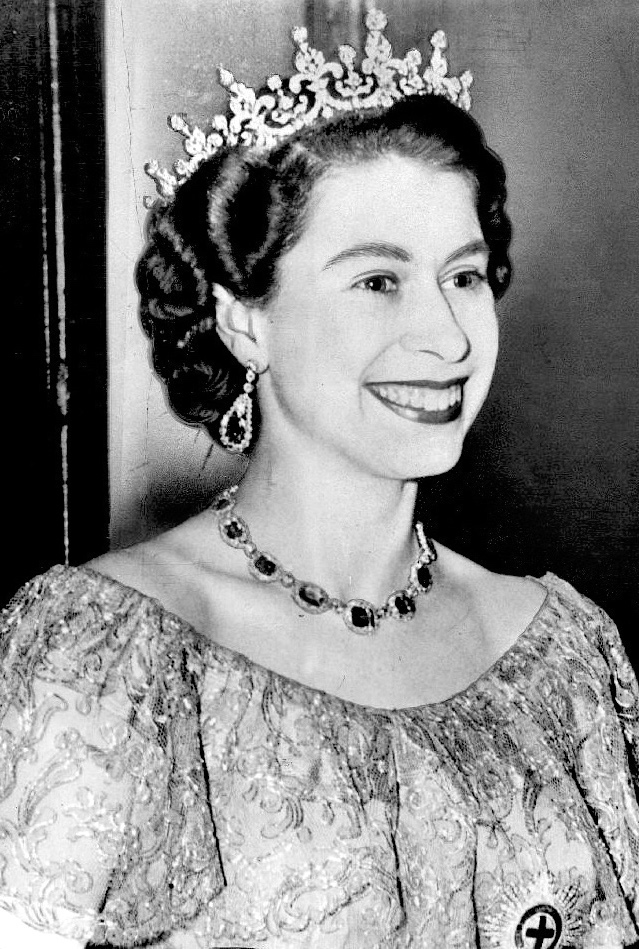It was the day that Britain and the Commonwealth dreaded. She was last photographed at Balmoral, her holiday home in Scotland, with a beautiful smile but with obvious frailty and a bruised hand, greeting the new prime minister of the United Kingdom, Liz Truss. Then in less than forty eight hours, she was gone.
Arguably the most and photographed famous woman in the world, with a ubiquitous presence: the image Elizabeth II graced postage stamps, coins, and banknotes. Though most never met her in person, many also felt a familiarity. Now that she belongs to the ages, there was something reassuring as the transition finalised between the reigns of Elizabeth II and Charles III occurred with velvet smoothness. While there is understandably great sorrow at the passing of a long-term and beloved monarch, there was reassurance that her legacy of dedication, diligence and duty, will continue on.
While many tributes have been paid to the late queen, this one will focus on three key things. The first is that the Queen served as a living link to history. She was related by blood to historical figures like Henry VIII, George III, and Queen Victoria. The mind whirls at the events she witnessed during her ninety-six years on this earth. At the age of ten, she watched - perhaps with bemusement - how her uncle Edward VIII forsook the crown to marry an American divorcee, Wallis Simpson, thus catapulting her father to the throne as George VI. This meant that she now became the first in line to the succession. At the age of fourteen, she witnessed the Nazi blitz of London, when even Buckingham Palace was hit. She participated in the war effort as a driver and mechanic. And who can forget the euphoric moment when the royal family stepped out onto the balcony of the Palace as the crowds gathered to celebrate V-E Day, May 8th 1945, the end of the second world war. The British people weathered the war and came out on top. She was there for it all.
The array of political leaders with whom she interacted is staggering: Churchill, Truman, Eisenhower, John F. Kennedy - the list goes on. Elizabeth II was more than an observer of history - she made it; a young woman in a geo-political man’s world, she held her ground and earned the respect of all.
A leading figure in the United Kingdom and the West, Elizabeth embodied the best of all these worlds. Remember that the ‘West’ embodies reason, scientific breakthrough, technology, the industrial revolution, renaissance, reformation, the market economy, abolition of slavery, the formation of parliamentary democracy with its balance of powers, separation of powers, and recognition of human rights. All these important things find their powerful symbolism in the Crown, which embodies history, heritage, governance, and way of life.
As the British Empire began its peaceful dismantling, it was wonderfully reconstituted into the Commonwealth of Nations, which even includes countries that were not under British colonial rule. Elizabeth II skilfully and successfully navigated this entire process; she proved to be a very popular uniter.
While most sang her praises, there was a few noisy cultural Marxist voices who wished her ill. It’s not that she had personally done anything egregious against anyone - she had not and they know it. They were attacking the civilisation which she so ably represented.
Finally, as noted in the third and final instalment of the Crown Chronicles, Queen Elizabeth II was a conspicuous and vocal Christian. She faithfully attended the local church where she was located at any particular occasion, even on her holidays. Prayer given and received was an important part of her life. Of course, she was famous for her annual address to the Commonwealth on Christmas Day, where regular mention was made of her faith in Jesus Christ. In her one and only ‘Easter Address,’ of April 2020 during the beginning of the Covid lockdown, she famously said that while other things had been cancelled, Easter would never be - it was un-cancellable.
While it is technically possible for a non-Christian to exhibit good character traits, the Queen led the way in sterling qualities: integrity, loyalty, honesty, truthfulness, consistency, faithfulness, and, let’s not forget, her unflinching dedication to duty. In seventy years on the throne, she could be counted upon to fulfil her obligations, without a loss of temper, control, or coarse language. It is concerning that the Queen’s character, bolstered by her Christian faith, seemed to be something unique, relegated to a museum, rather than the mainstream in a ‘Christian society.’ For sure, these qualities were far more plentiful in 1952, when she came to the throne, than in 2022. Yet, the outstanding and consistent example she set is an opportunity for others to walk in her footsteps. When you follow Christ, the light of the world, you will be a reflection of that light.
The symbols of her coronation on June 2, 1953, were all of the Christian vintage: the orb, sceptre, crown, holy oil. For all practical purposes, the monarch’s coronation is a Bible-based anointing service. And the coronation vow itself is powerful. The monarch swears “To maintain the laws of God and the profession of the Gospel.” It was a recognition that Her Majesty’s kingdom is a Christian realm and that she as monarch, and the government she leads must maintain it. Even the monarch is subject to the King of kings and Lord of lords.
As we celebrate the life and memory of Elizabeth II, Queen of the United Kingdom and Northern Ireland, Australia, Canada, New Zealand, Papua New Guinea, other realms and the Commonwealth, let us remember to pray for her successor, King Charles III. He has a tough act to follow, but he has also had seventy-three years to prepare for it. By God’s grace and our prayers, he will do just fine.

Comments
Post a Comment